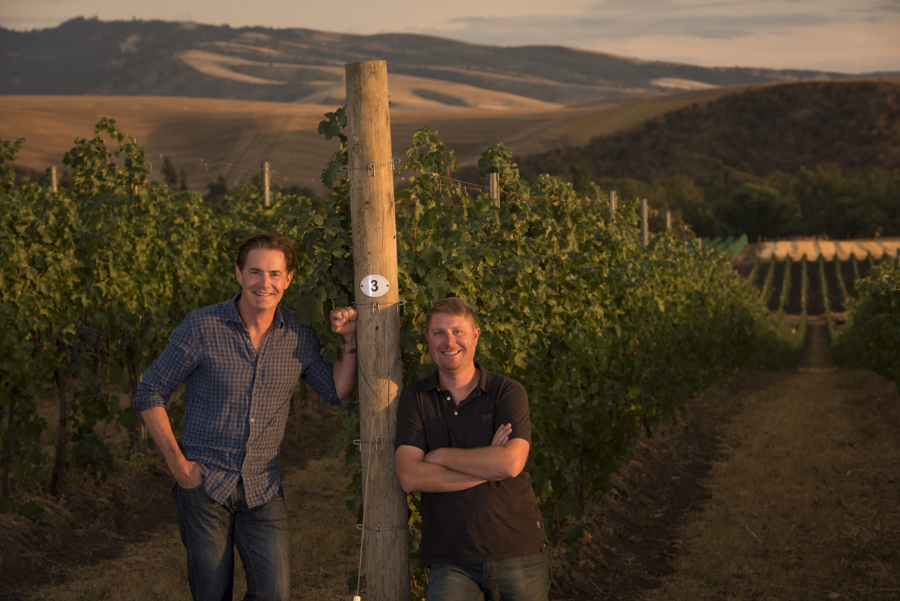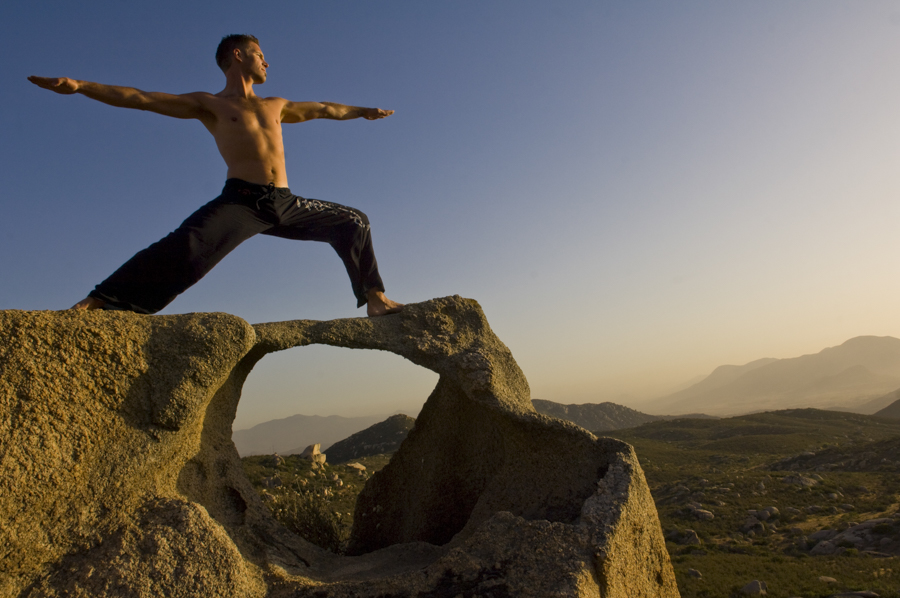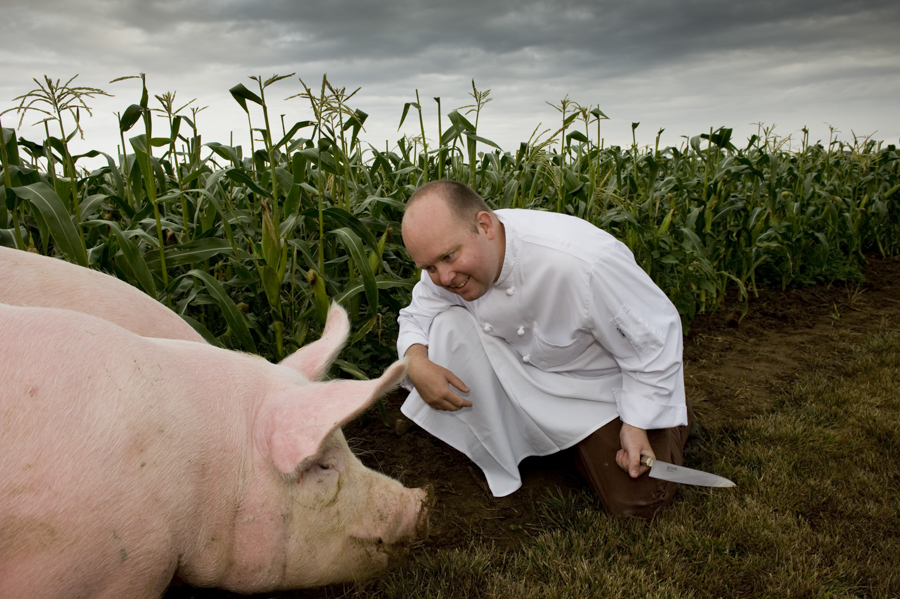Portraits can vary greatly in style, content, and emotion depending on the end goals for the use of the photographs. I’ve put together this checklist with descriptions and examples to help identify which style preferences is right for you – environmental, action, beauty, character, attitude, or group.
ENVIRONMENTAL PORTRAITS
Environmental portraits are most commonly used in editorial publications. The content of these photos tell a story – the background, props, or action is inexorably intertwined with the subject. Context is key, and the caption of the photos is usually the first thing read and most remembered. This is the type of portraiture I most enjoy; with my educational background at Northwestern journalism school and over 15 years of working with publications I’ve photographed hundreds of environmental portraits for magazine covers and feature stories. Capturing unique sense of place portraits can also be one of the most challenging styles – creating an engaging story in one photo takes more time and consideration than capturing a portrait with a generic background. However it can be the most valuable for exposure – with editorial space shrinking there may only be space for a single image to tell your story vs a series of photos. And a portrait with a lot of information included is more likely to run large so the reader can view the details, and lead a story if there’s room for type over part of the image.
Environmental portraits also give insight to a more authentic side of the subjects personality. People tend to be most comfortable in their natural environment, and this energy reflects back to the camera. Effectively using natural and portable studio lights on location, determining the the most flattering angle for the face & body, and finding or creating the most engaging scene are all equally important.
Celebrity portraiture can often be highly stylized in controlled studio settings, however overly retouched photos can be unbelievable and make the subject seem unapproachable. Once the portrait is captured minor retouching is ok, but the strength of the image is captured in the camera. While filters and highly processed retouching effects maybe fine and fun for instagram or personal prints, most non-fashion style publications want the personality of the subject make the strongest impact, not the style of the photographer or retoucher’s effects.
Actor Kyle MacLachlan has been beautifully photographed by the most famous portrait photographers and stylists in the world, and can can easily take on any character or personality. So we decided on a more natural approach to differentiate his Pursued by Bear wine label in magazine articles; it was important to show Kyle’s connection to the vineyard and relationship with winemaker Dan Wampfler with a sense of place photo. For his own Pursed by Bear label, we could be a bit more playful and include the product – who wouldn’t want to join Kyle with the second glass of wine?
Former quarterback player Drew Bledsoe stands at 6′ 5″, and renowned winemaker Chris Figgins is a fit but compact 5’8 – so to capture a portrait of them together minimizing this height difference I chose this angle of the vineyard, giving Drew a pole to lean against and Chris a rock to place one leg on – the angle of the clouds further complement the subjects and creates a dynamic background. And sometimes portraits are non traditional, without the subject looking at the camera – this lifestyle scene focuses on emotion and intimacy, and has been widely used in promotional publications for the Washington wine industry.

Janis Pate with her dog Cooper, Arlyn Vineyard
This photo of Christophe inside a 10 foot deep pit was his idea (and has a funny behind the scenes story -just ask) – it ran full page as the opening in the feature story I photographed for Wine Spectator’s May 2016 issue. Caption read “Christophe Baron doesn’t just talk about his terror. The vintner dug a pit next to his Tribe vineyard to show a cross section of the soil that informs his wines.” And at Big Table Farm, Goatio is now even more famous.
Portrait of Dr. Lossen showcasing his Mosel, Germany vineyard’s stony soil and old, ungrafted vines. Photo of Jason Lett pays homage to David Lett, who was considered “Papa Pinot” & one of the pioneers in the Oregon wine industry, David’s truck is still used today at the vineyard.
Family portrait of Maysara reflects not only the natural beauty of their estate vineyard, but also the scale of the people in the environment represents humility and integration with surroundings, a key concept in biodynamic farming. And the focus for this portrait of Stoller’s vineyard manager is his concentration and connection to the harvest.
ACTION
Timing is everything. These portrait look natural because they are real activities shot only with natural lighting. The best direct natural light is usually right after sunrise or before sunset, which usually requires advance scouting; however, being at the right place at the right time and responding quickly when serendipity happens can create magic.
BEAUTY
The focus for beauty or character shots is on the face, with the background minimized. These are effective when the photo needs to run small in a publication or be viewed small in social media or a website. A natural expression is key to creating a compelling image.
ATTITUDE
Attitude concepts are fun and relatively easy to create with the right subjects and props.
GROUP
Large group photos with a sense of place are another challenging subject that takes advance planning & cooperation. Utilizing many of the techniques above – a playful sense of attitude, chaoing the best time and angle to optimize natural light, and sense of place backdrops all successfully create an unique group concept.
Capturing these group photos from a helicopter give a sense of place and showcase how large the environment is with the people in context.
Hopefully these examples have inspired you to create your own distinct style of portraits – I look forward to helping bring this personality to life.



















Leave a Reply
You must be logged in to post a comment.